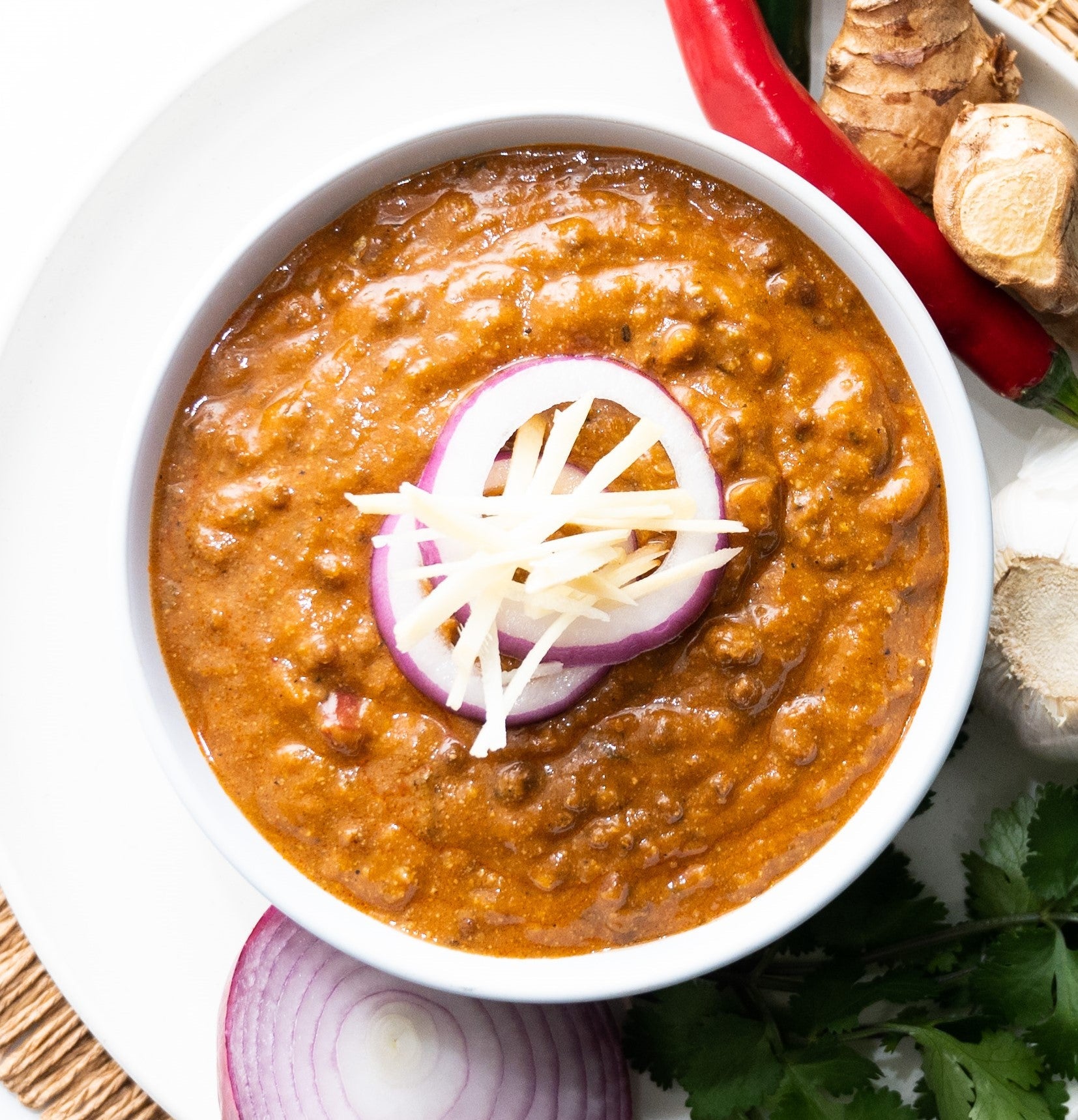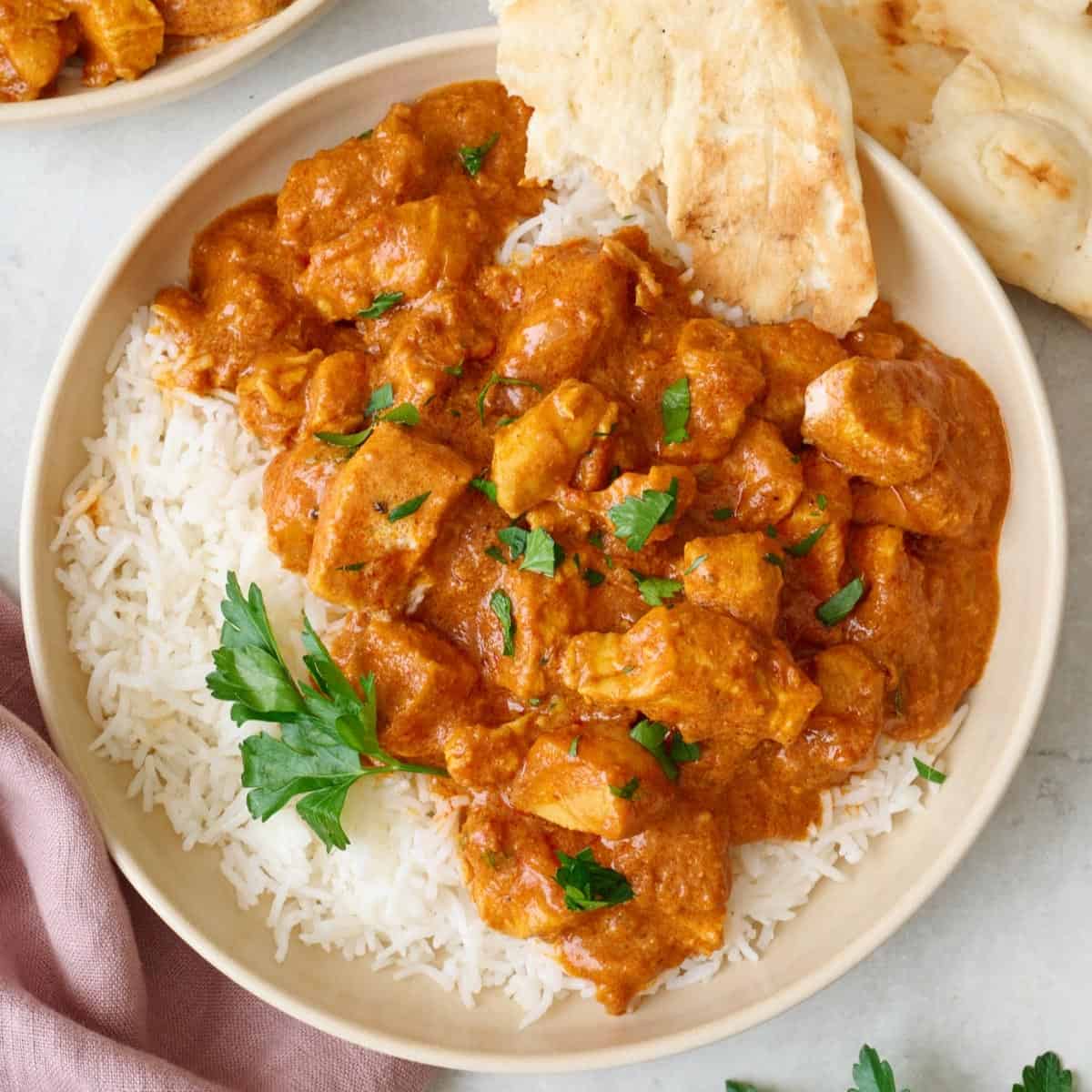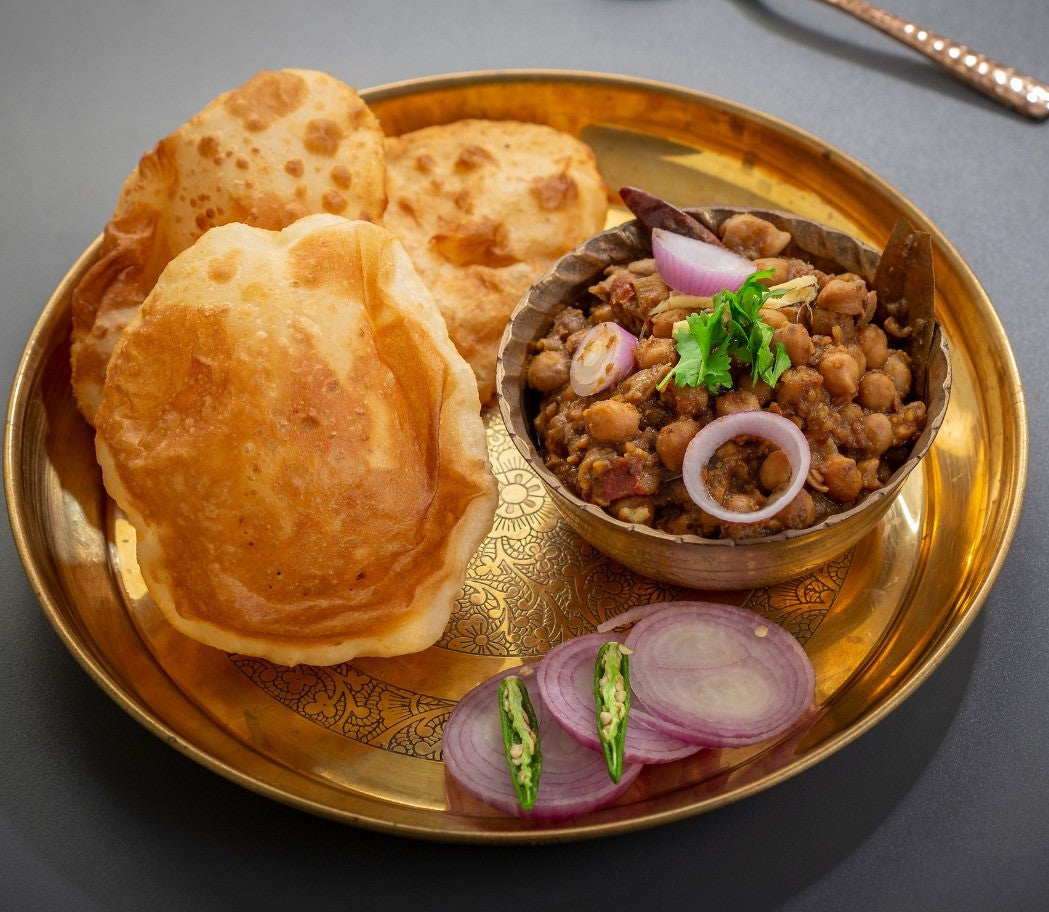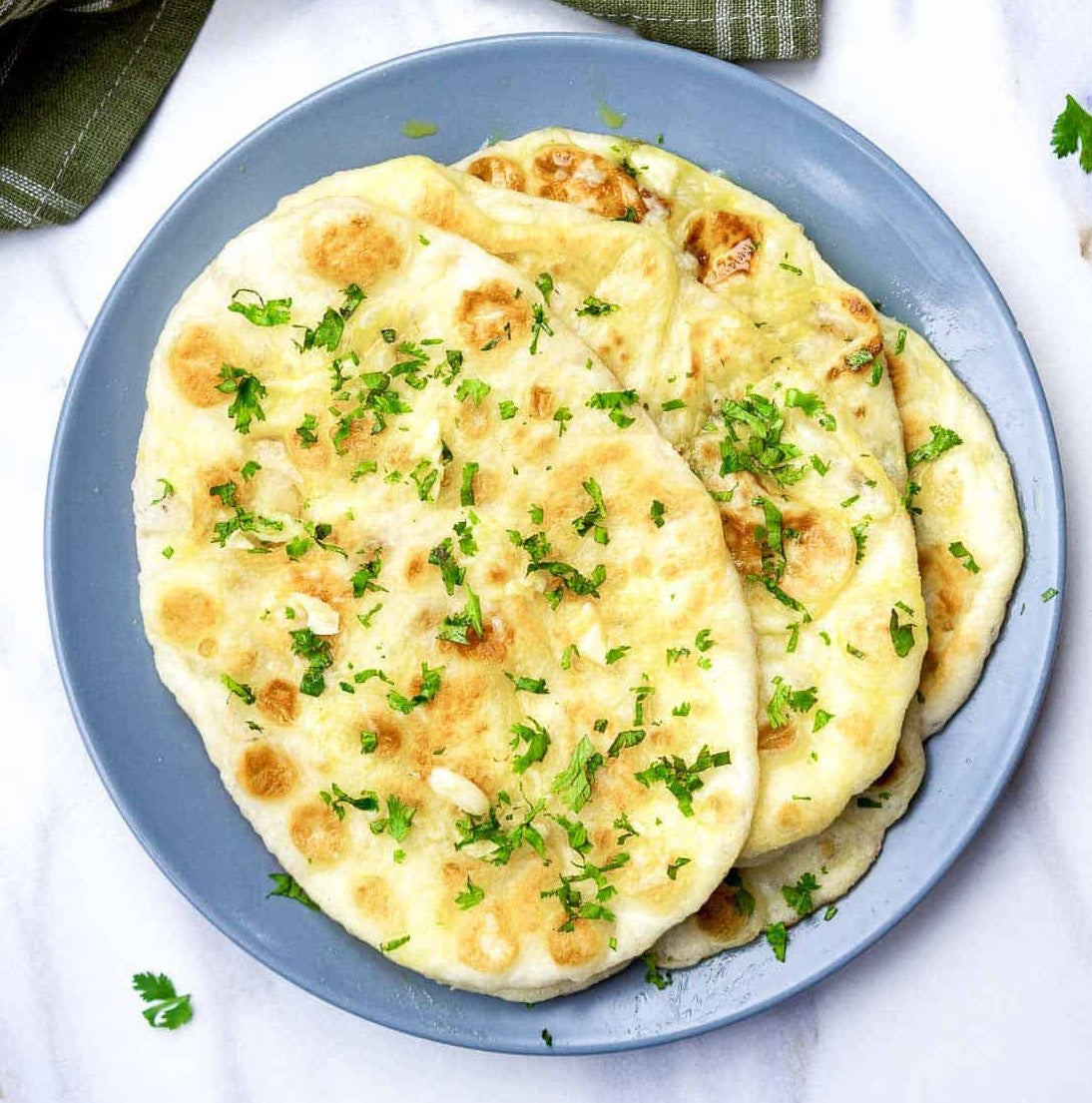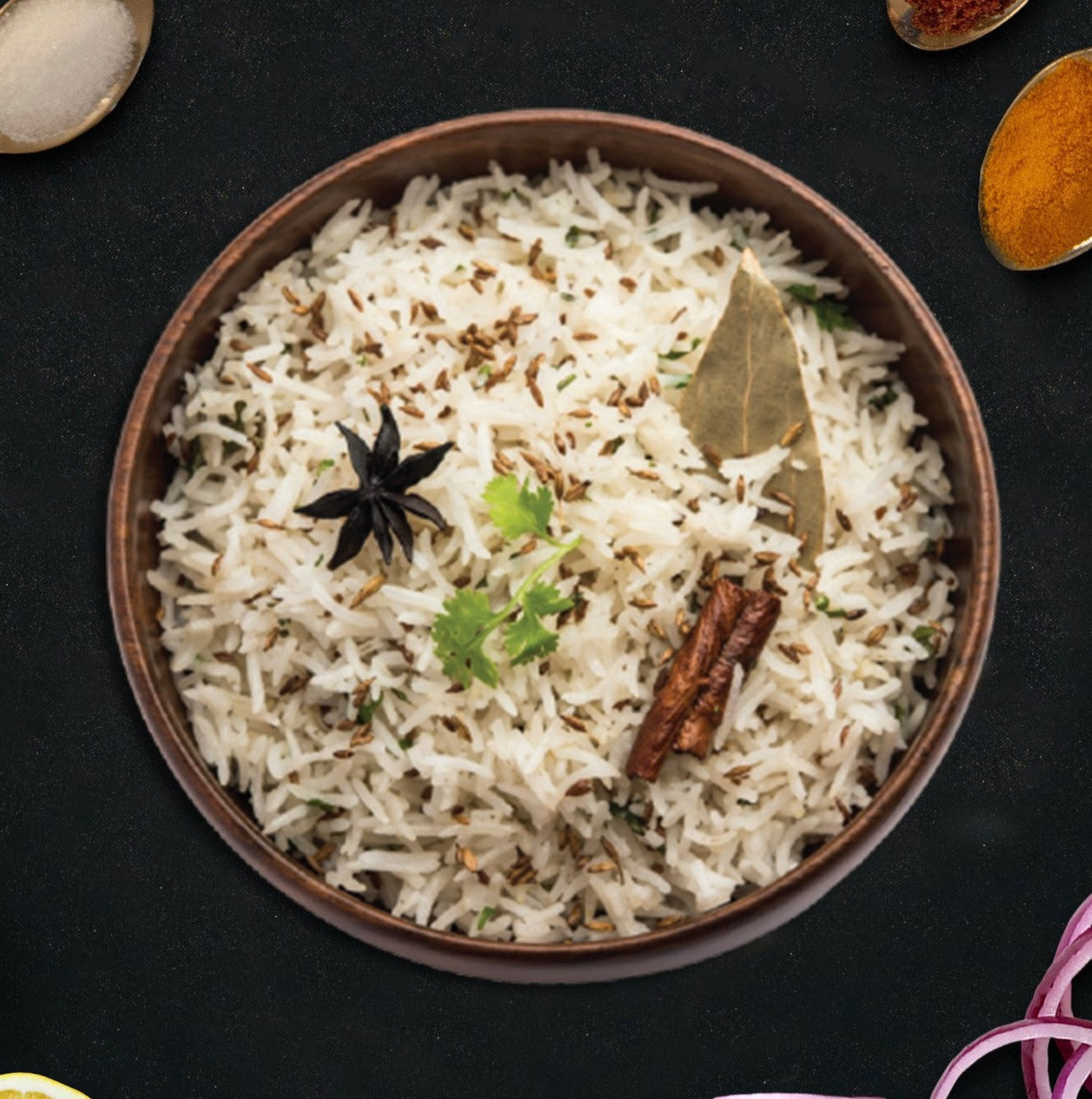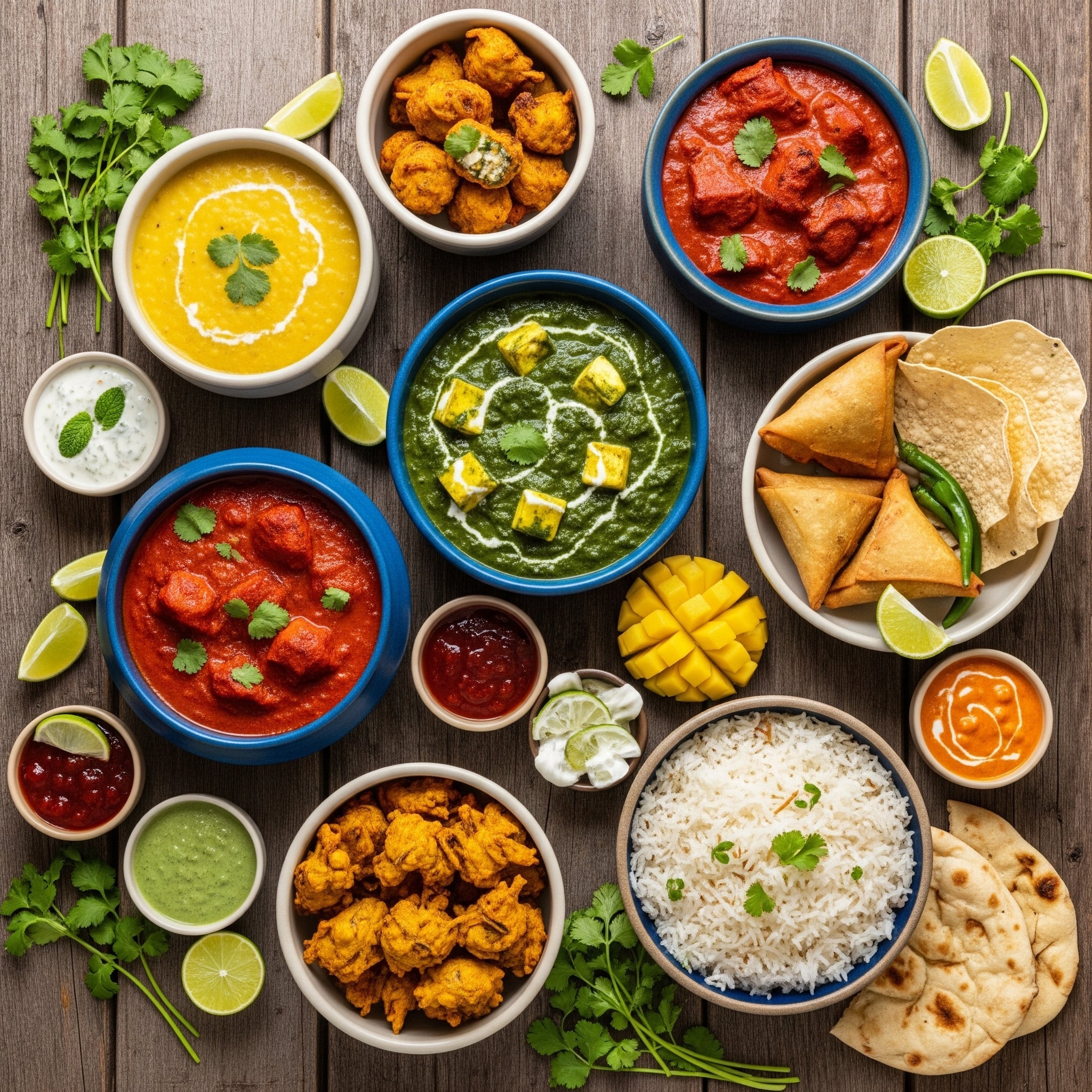
Urad Dal in English Explained for Home Cooks
If you’ve ever stumbled across ‘urad dal’ in a recipe and felt a bit lost, you’re not the only one. So, what do we call urad dal in English? The most common name you'll hear is black gram. When it's split with the skin removed, it’s usually called split black gram.
Getting to Know Urad Dal: The Secret to Authentic Indian Cooking
Think of urad dal as a staple in the Indian pantry, as fundamental as chickpeas or kidney beans are in a typical Aussie kitchen. While people often group it with lentils, it’s technically a bean, and its botanical name is Vigna mungo. This small but mighty pulse is the backbone of some of India’s most iconic dishes.
What makes it so special is its incredible versatility. When you find it whole with its black skin still on, it lends a wonderfully creamy, earthy depth to dishes. But when it’s split and the skin is removed to reveal its white interior, it has an almost magical ability to ferment, creating light, fluffy batters. This dual personality makes it a true kitchen powerhouse.
Urad dal is the secret ingredient behind the cloud-like texture of South Indian idlis and the crisp, golden finish of dosas. The specific starches and proteins it contains are what make these beloved dishes work—something other lentils just can’t do.
Getting to grips with this key ingredient opens up a huge part of Indian cuisine. From hearty, slow-cooked curries to delicate, fermented snacks, urad dal is all about flavour, texture, and nutrition. Learning how to spot it and use it is your first step to nailing those authentic Indian flavours at home.
Understanding the Different Forms of Urad Dal
When you start looking up recipes that call for urad dal, you’ll quickly see it’s not a one-size-fits-all ingredient. It’s a bit like potatoes – you wouldn't use a waxy variety for fluffy mash, right? In the same way, different forms of urad dal have their own unique jobs in the kitchen. Getting to know them is the secret to unlocking their true potential.
Each form brings a different texture and flavour to the table, making it perfect for certain dishes. Choosing the right one can elevate your meal from simply good to truly memorable.
This diagram shows how the whole black gram is processed into its various split forms, which helps explain why they behave so differently.

As you can see, the journey from the whole lentil to its split and skinned versions is what gives it such incredible versatility. Let's take a closer look at each one.
The Three Main Varieties
You'll generally come across three main forms of urad dal in Australian supermarkets and specialty grocers. Each has a specific role to play in Indian cooking.
- Sabut Urad (Whole Black Gram): This is the lentil in its natural state, with the black skin still on. When slow-cooked, it develops a wonderfully creamy texture and a deep, earthy flavour, making it the hero of rich dishes like the famous Dal Makhani.
- Urad Dal Chilka (Split Black Gram with Skin): In this form, the lentil is split down the middle, but the black skin is left on. It cooks quicker than the whole version but still holds onto that earthy depth, making it a fantastic choice for everyday dals.
- Dhuli Urad (Split and Skinned White Urad Dal): This is the one you'll see most often. The lentil is split and the black skin is completely removed, leaving a creamy white interior. It’s the secret behind the light, fluffy batters for South Indian classics.
The unique starchy composition of skinned urad dal is what allows it to ferment so well, creating the airy, cloud-like texture that's essential for authentic idlis (steamed rice cakes) and dosas (crispy crepes). No other lentil can quite replicate this magic.
This ability to create the perfect batter makes it a non-negotiable ingredient in so many recipes. If you're keen to try making these iconic dishes yourself, this Idli Vada Sambhar recipe is a great place to start. Once you can recognise these different forms, you'll be able to confidently pick the right urad dal for whatever you’re cooking.
Why Black Gram Is Becoming an Australian Staple
You’ve probably seen urad dal, also known as black gram, popping up more and more. It's making the leap from specialty Indian grocers to the international aisles of our major supermarkets, and that’s no accident. It’s a sign of a fantastic shift happening in kitchens all over Australia. As we get more adventurous with our cooking, global ingredients like this one are finding a permanent spot in our pantries.
This isn't just about trying something new; it's part of a bigger culinary curiosity sweeping the nation. We’re hungry for authentic, diverse flavours, and urad dal is central to that exploration. It’s moved beyond being a niche product and is now a go-to for anyone keen to dive into proper Indian cooking, whether that’s a creamy dal makhani or a perfectly crisp dosa.
A Clear Rise in Demand
The numbers really back this up. Australia's urad dal imports have been climbing steadily, which points to a strong and growing market. This isn't just a flash in the pan; it's a solid pattern.
The fact that you can now find urad dal in English-labelled packaging makes a huge difference. It’s a simple but effective way to make it less intimidating for home cooks who are keen to experiment but might be put off by unfamiliar names.
The trade data tells a very clear story. Between September 2023 and August 2024, Australia brought in 89 shipments of urad dal. That’s a steady 14% year-on-year growth rate from the twelve months before, which shows just how fast it’s being picked up across the country. If you're curious, you can explore more about Australia's urad dal import trends and see the data for yourself.
Getting your head around cooking with black gram puts you right at the heart of Australia’s exciting, evolving food scene. You’re not just trying a new lentil—you’re part of a nationwide culinary adventure.
How to Cook with Urad Dal in Your Kitchen
Alright, now that you know how to spot the different kinds of urad dal, let’s get to the fun part—actually using them in your kitchen. Knowing what urad dal in English is called is a great start, but the real magic begins when you start cooking with it. Each type we’ve talked about plays a very specific role, often as the star ingredient in some of India’s most treasured dishes.
Think of the whole black gram (sabut urad) as the secret to deep, hearty flavours. It’s most famous for its leading role in Dal Makhani, a famously rich and creamy lentil stew that’s simmered slowly until it reaches absolute perfection. The black skins are key here; they add an earthy depth you just won't find in other lentils, creating a velvety, luxurious dish that is the very definition of comfort food.
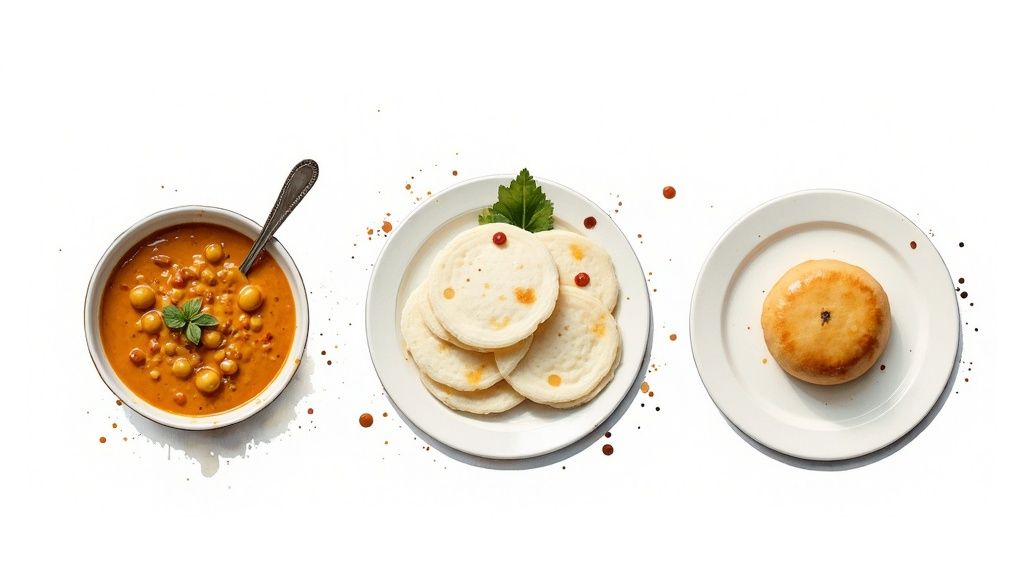
This slow simmer is what allows the lentils to break down beautifully while still holding onto a satisfying bite. If you're keen to try a restaurant-quality version without spending hours by the stove, grabbing a ready-made Dal Makhani is a brilliant way to taste this classic flavour for yourself.
From Fermented Batters to Crispy Snacks
Now, let's flip to the other end of the spectrum with the split and skinned white urad dal (dhuli urad). This is the unsung hero of countless South Indian specialities, celebrated for its unique talent for creating light, airy batters after being soaked, ground, and fermented.
It's the powerhouse ingredient that gives these iconic dishes their signature textures:
- Idlis: Soft, pillowy steamed rice cakes. The fermented urad dal batter is what makes them so light and easy to digest—an absolute classic for breakfast.
- Dosas: Thin, golden-brown crepes with an incredible crisp. It’s the urad dal that gives a dosa its delicate, lace-like structure and satisfying crunch.
- Vadas: Savoury, doughnut-shaped fritters. The ground urad dal paste is spiced up and deep-fried, creating a snack that’s perfectly crispy on the outside and wonderfully soft within.
Why does it work so well? The natural starches and proteins in white urad dal are perfect for fermentation. When you combine it with rice and let it rest, you create the ideal environment for wild yeasts to work their magic, producing the carbon dioxide that gives idlis and dosas their amazing lift.
Once you get the hang of these basics, you'll unlock a whole new world of cooking. From a rich, hearty main to a light breakfast or a crispy snack, the sheer versatility of urad dal is incredible. It’s an ingredient that can truly transform your meals and introduce you to authentic flavours you'll return to again and again.
Finding and Storing Urad Dal in Australia
Alright, so you’re ready to get cooking. The first step is tracking down the right urad dal, and luckily, it’s getting easier to find across Australia.
Your best bet for variety and expert advice is almost always a local Indian or South Asian grocery store. These shops are a treasure trove, usually stocking everything from the whole black lentils to the split and skinned ivory-coloured versions. Don't be shy about asking the staff for their recommendations—they often have fantastic tips.
If you don't have a specialty grocer nearby, you can usually find urad dal in English-labelled packets in the international food aisle of major supermarkets like Coles or Woolies. The selection might be a bit more limited, but it's a perfectly convenient place to start.
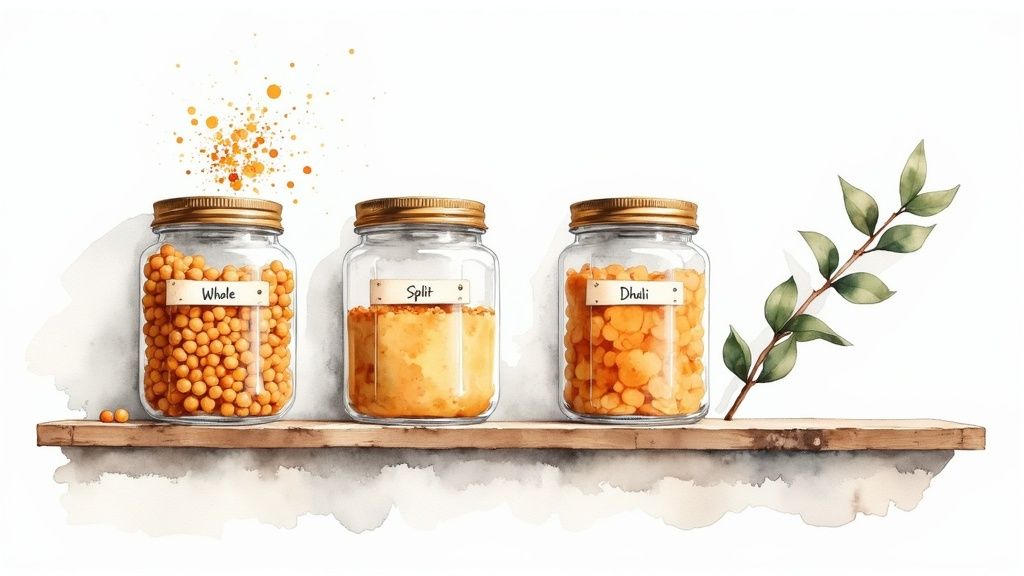
What to Expect Price-Wise
Like many pantry staples, the price of urad dal (or dried black gram) has been on the rise thanks to global demand. As of 2024, you can expect to pay somewhere between $1.52 and $2.50 USD per kilogram here in Australia. That's a noticeable increase from the previous year’s range of $1.39 to $1.84 USD. If you're interested in the details, you can discover more about urad dal pricing trends in Australia to see how things are tracking.
Keeping Your Urad Dal Fresh
Storage is straightforward, but getting it right makes all the difference to the flavour and quality of your lentils. The main goal is to protect them from their three biggest enemies: moisture, heat, and pests.
The secret to keeping your dal fresh for months is an airtight environment. I always recommend transferring it from the plastic bag it came in to a proper sealed container as soon as you get home.
Just follow these simple rules, and your urad dal will be in perfect condition for your next meal:
- Airtight is everything: Pop your dal into a glass jar or a sealed plastic container. This is non-negotiable for keeping out moisture and pantry pests.
- Cool and dark is key: A pantry or a kitchen cupboard that’s away from the oven and direct sunlight is the ideal spot.
- Keep it dry: Any hint of dampness can spoil dried goods. Make sure your container and the shelf it lives on are bone dry.
Stored this way, your urad dal will easily last for up to a year, ready to go whenever you are.
A Nutritional Powerhouse for Your Pantry
Beyond its incredible flavour and versatility, urad dal is a fantastic addition to any health-conscious diet, making it a true pantry staple.Known in English as black gram, this humble pulse is packed with plant-based protein and dietary fibre. This combination makes it a wonderfully satisfying ingredient that supports digestive health and keeps you feeling fuller for longer.
It’s also an excellent source of essential minerals that often fly under the radar.
Key Nutritional Benefits
- Iron: Absolutely crucial for maintaining energy levels and preventing fatigue.
- Magnesium: Plays a vital role in muscle function and nerve health.
- Folic Acid: A key nutrient, especially important for cell growth and metabolism.
Simply adding urad dal into your weekly meals is a straightforward way to boost their nutritional value without any fuss.
Embracing urad dal connects your kitchen to a global culinary movement. It's more than just a lentil; it’s a versatile, delicious, and deeply nourishing ingredient that deserves its place in every Australian pantry.
This growing appreciation is clearly reflected in recent trade trends. Australia's urad imports saw a 16% year-on-year growth between 2023-2024, with 130 shipments arriving just to meet our rising demand. You can learn more about Australia’s expanding pulse market and see the data for yourself.
Your Urad Dal Questions Answered
As you start exploring the world of urad dal, you're bound to have a few questions. Getting a handle on these basics is the first step to really nailing those classic Indian dishes.
Here are a few of the most common queries we hear.
Do I need to soak urad dal before cooking?
Yes, for most recipes, especially with whole urad dal, soaking is essential. Soaking for at least 4-6 hours or overnight softens the lentils, reduces cooking time, and makes them easier to digest. For batters like dosa and idli, soaking is a critical step for proper fermentation.
Can I use a different lentil instead of urad dal?
It depends on the recipe. For a simple dal curry, you could substitute it with another lentil, but the flavor and texture will be different. For recipes like idli, dosa, or vada where urad dal's specific properties are needed for fermentation and texture, there is no direct substitute.
Is black gram the same as a black beluga lentil?
No, they are different. While they look similar, black gram (urad dal) is technically a bean, whereas black beluga lentils are true lentils. They have different cooking properties and textures, so they are not interchangeable in recipes.
We hope that clears a few things up! If you've got more questions about ingredients or our meals, you'll find plenty more answers over on our full frequently asked questions page.
Share

